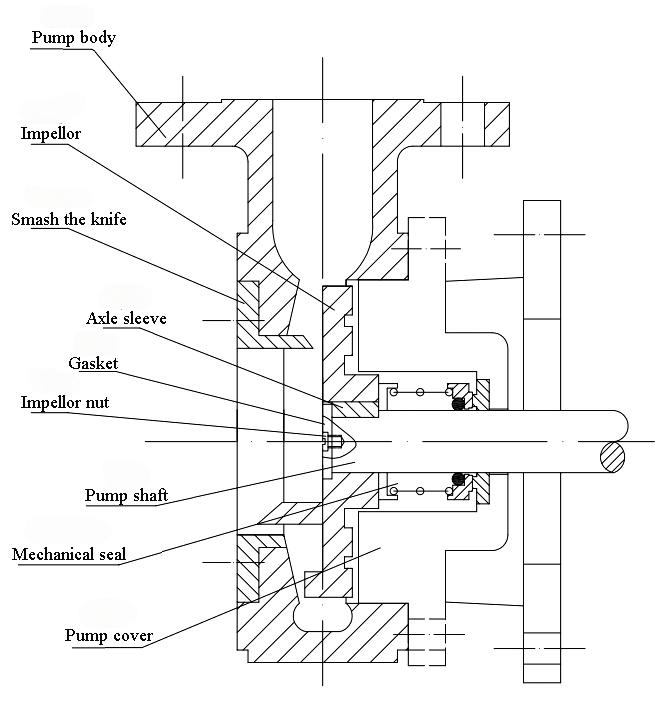Marine pump
-
Marine Fire Pump
-
Marine Emergency Fire Pump
-
Marine Ballast Water Pump
-
Marine Fuel Pump
-
Marine Lubricating Oil Pump
-
Marine Bilge Pump
-
Marine Sewage Pump
-
Marine Fresh Water Pump
-
Marine General Pump
-
Marine Cargo Oil Pump
-
Marine Hand Pump
-
Marine Centrifugal Pump
-
Marine Screw Pump
-
Marine Gear Pump
-
Marine Vortex Pump
-
Marine Ejector Pump
-
Marine Diaphragm Pump
-
Marine Piston Pump
-
Marine Cooling Water Pump
Chemical pump
Industrial Pumps
Other pump
Civil Pump
Submersible Pump
Contact us
Fushi Pump Chongqing Co., Ltd
Address: No. 11, Tianxing Avenue, ShuangQiao Industrial Park, Chongqing,China
E-mail: Sales1@fspumps.com
Tel: +86-23-67956606
Fax: +86-23-67956622
Mobil: +86-19332298771
C(P)WF Marine Crushing Sewage Pump
Date:2025-03-07Views:
C(P)WF Marine Crushing Sewage Pump
Overview
C(P) WF Series marine (life) is suitable for crushing pump, drainage dirt grinding and pumping, such as paper, food residue, sludge, sludge dry stool, the largest circulation after crushing solid particle diameter less than5mm, easy jet, is more suitable for low temperature condensation smash.
Model Explanation 3C(P)WF-10(B)
3—Rated discharge 30m3/h
C (P)—Marine
W—Drainage contamination
F—Crushing model
10—Rated dis head 0.1MPa
B—Improved Impeller
Structural Specifications

Performance Parameter
C(P)WF | 50HZ/2900RPM | 60HZ/3500RPM | 50HZ/60HZ | |||||
Type | Discharge (m3/h) | Dishead (Mpa) | Power (kW) | Weight (kg) | Discharge (m3/h) | Dishead (Mpa) | Power (kW) | Inlet/out dia. (mm) |
3C(P)WF-30(B) | 30 | 0.30 | 7.5 | 85 | 36 | 0.43 | 11 | 80/50 |
3C(P)WF-25(B) | 30 | 0.25 | 5.5 | 75 | 36 | 0.36 | 11 | 80/50 |
3C(P)WF-10(B) | 30 | 0.10 | 4.0 | 42 | 36 | 0.14 | 7.5 | 80/50 |
2.5C(P)WF-20(B) | 25 | 0.20 | 4.0 | 37 | 30 | 0.29 | 7.5 | 65/40 |
2.5C(P)WF-10 (B) | 25 | 0.10 | 3.0 | 32 | 30 | 0.14 | 5.5 | 65/40 |
2.5C(P)WF-5(B) | 25 | 0.05 | 2.2 | 26 | 30 | 0.07 | 4.0 | 65/40 |
2C(P)WF-11(B) | 20 | 0.11 | 2.2 | 26.4 | 24 | 0.16 | 4.0 | 65/32 |
1C(P)WF-11B) | 10 | 0.11 | 1.5 | 26 | 12 | 0.16 | 3.0 | 65/32 |
0.5C(P)WF-10~15(B) | 5 | 0.10~0.15 | 1.1 | 24 | 6 | 0.14~0.22 | 2..2 | 50/32 |
0.5C(P)WF-8 | 5 | 0.08 | 0.75 | 20 | 6 | 0.12 | 1.5 | 50/32 |
The picture of pump


